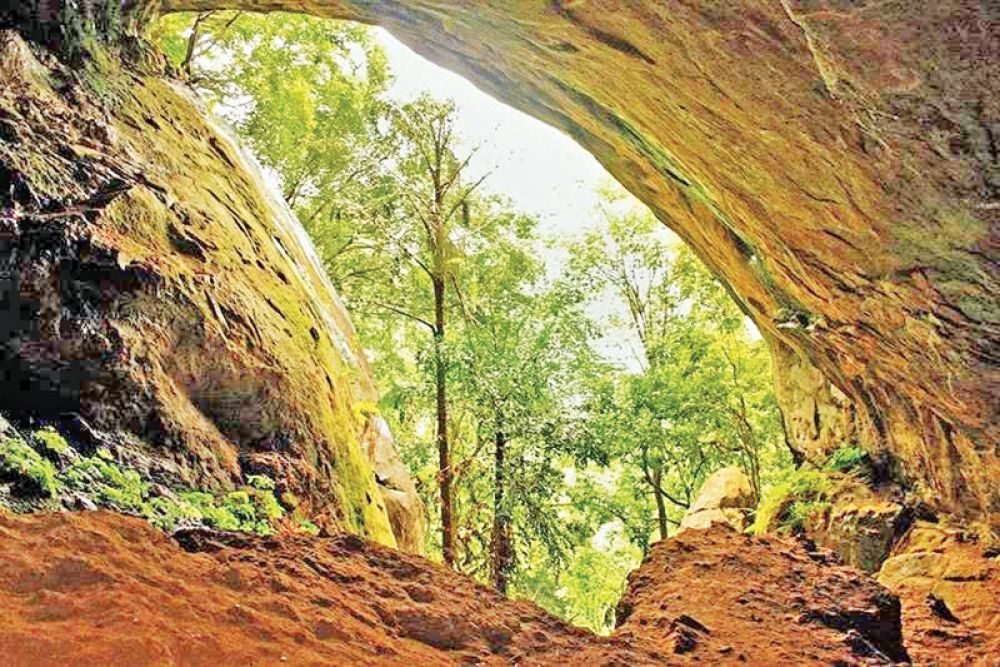

Located in the misty hills of Ella, Sri Lanka, the Rawana Ella Cave is steeped in myth and surrounded by breathtaking natural beauty. Also known as the Ravana Cave, it is believed to be one of the places where the legendary king Ravana hid Princess Sita after abducting her, as told in the Hindu epic, Ramayana. This connection with the ancient text attracts mythology enthusiasts and devotees from around the world.
The site has been a point of interest for centuries, but it wasn't until the British colonial period that Ella started to gain popularity among European tourists. The British introduced tea plantations to the region, and the area's natural beauty made it a retreat for colonial officers and planters. As infrastructure developed, more visitors were able to reach the cave, and over time, the Rawana Ella Cave emerged as a desirable destination for both local and international tourists.
In the 20th century, with the growth of Sri Lanka's tourism industry, the government and local businesses started investing in amenities to accommodate travelers. The 1970s saw an increase in demand for more authentic travel experiences. The area around Ella, with its rich cultural heritage and stunning scenery, became an increasingly popular spot for 'off-the-beaten-path' tourism.
In recent years, Ella has seen a surge in popularity among all kinds of travelers, including backpackers, bloggers, and adventure seekers. The trend of eco-tourism has made the Rawana Ella Cave and its surroundings a prime destination for those looking to connect with nature. With a range of activities such as hiking, trekking, and exploring the expansive cave system, visitors to Rawana Ella Cave can enjoy a diverse tourist experience while being mindful of their environmental impact.
Social media has played a significant role in the popularity of the Rawana Ella Cave, with the stunning waterfall near the cave becoming a frequent subject of Instagram posts and travel blogs. This digital exposure has contributed to an increase in visitor numbers and has placed Ella on the global tourism map as a must-see location in Sri Lanka.
While the growth in tourism has brought economic benefits to the region, it has also presented challenges such as environmental degradation and cultural disruption. There is a current emphasis on sustainable tourism practices to ensure that Rawana Ella Cave and its environs are preserved for future generations. Stakeholders in the industry are now focusing on creating a balance between catering to increased tourism demand and maintaining the ecological integrity of this historic site.
Moving forward, the focus for tourism around Rawana Ella Cave is likely to involve controlled expansion, with an eye on preserving the unique character that makes Ella an enchanting destination. Emphasizing responsible tourism, community benefits, and cultural preservation will be key to the long-term success of tourism in Ella.
In conclusion, the Rawana Ella Cave represents a blend of ancient lore, natural wonder, and cultural significance, making it a cornerstone of Sri Lanka's diverse tourism offerings. Its evolution from a mythical hideout to a modern-day sanctuary for travelers is a testament to the enduring allure of this historic destination.